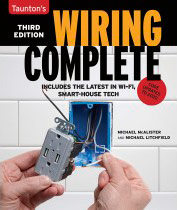Installing an AFCI Breaker
Here's how (and why) to install protective AFCI breakers, which are wired somewhat differently from conventional breakers.
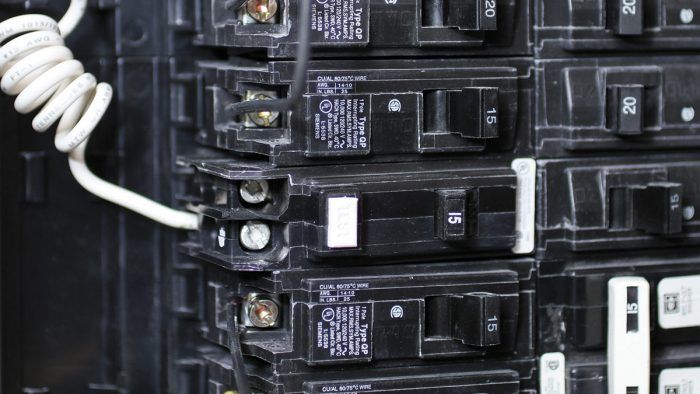
Installing a one-pole, 15-amp AFCI (arc-fault-circuit-interrupter) breaker is exactly the same as installing a one-pole GFCI (ground-fault-circuit-interrupter) breaker. But before we see how to install one, here is a quick refresher about how each of these code-required devices protects you.
AFCI breakers are designed to detect arcing patterns of current in very short time intervals—such as when there is a loose connection on a receptacle and electricity arcs (jumps) between conductors. Drywall nails or screws puncturing a cable are other common causes of arc faults. When an AFCI breaker detects such patterns, it shuts off power to protect you from house fires.
GFCI breakers are designed to sense an imbalance between the amount of current flowing from the hot wire and returning on the neutral wire, which suggests a ground-fault current is leaking to ground somewhere. GFCIs can detect minuscule (5 milliamp) current leaks and shut off power almost instantaneously—typically within 1⁄40 second—to protect people from potentially fatal shocks.
Always turn off power to a panel and test to be sure it’s off. After pulling the new circuit cable into the subpanel, the electrician secured it with a cable connector and stripped its sheathing, as described above. As is customary, he first terminated the cable’s bare ground wire to the ground bus.
Every AFCI (and every GFCI) breaker has a coiled neutral conductor that is molded into the breaker at the factory. After snapping the AFCI breaker onto a hot bus, the electrician attached that coiled neutral to the neutral bus 1. The electrician then stripped 3⁄8 in. to 1⁄2 in. of insulation from the end of the circuit-cable neutral and terminated it to the AFCI breaker lug, designated by a small white dot next to it 2. Note: Most circuit neutral wires terminate to a neutral bus. But here the circuit neutral attaches to the breaker so it can sense fluctuations in current throughout the circuit.
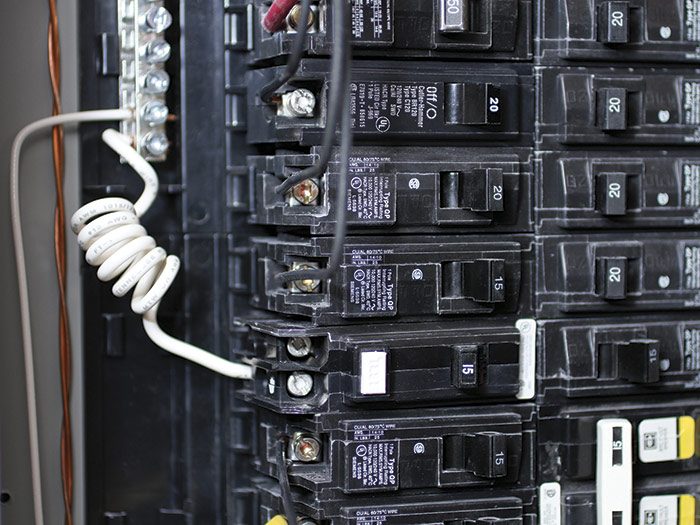
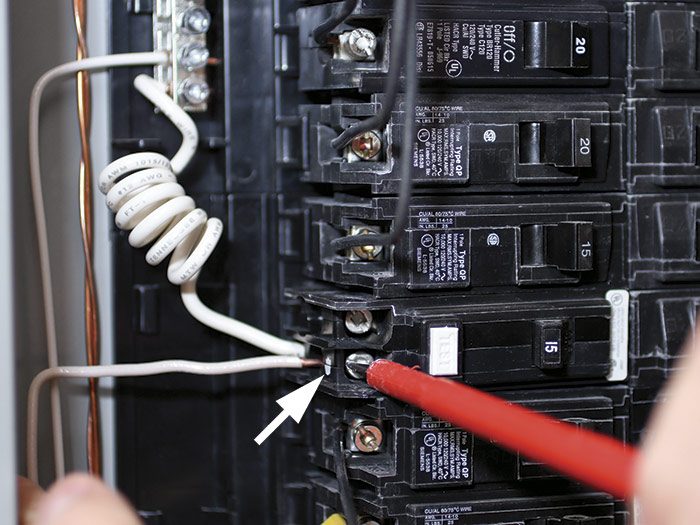
Finally, the electrician stripped insulation from the end of the circuit hot wire and attached it to the remaining breaker lug 3. He used a multimeter to test for a dead short in the circuit. Finding nothing out of the ordinary, he removed a breaker knockout from the subpanel cover, replaced the cover, and energized the subpanel. Then he flipped the AFCI breaker on and pressed the white TEST button on the face of the breaker. The TEST button should snap off immediately; if it doesn’t, the breaker is probably defective and should be replaced immediately. Inspectors are very serious about AFCI protection, so always test AFCI breakers after installing them—even if they are right out of the box.
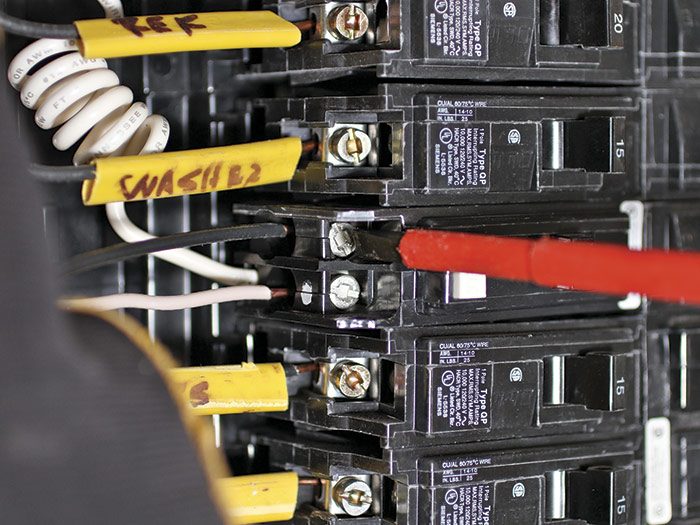
Two-Pole AFCI BreakersSince the 2008 NEC, AFCI protection is required for branch circuits in all areas inside the house except bathrooms, kitchen, garage, and unfinished basements and attics. AFCI breakers are wired somewhat differently from conventional breakers, with an integral coiled neutral attaching to the neutral bus and the circuit neutral attaching to an AFCI breaker neutral lug. The circuit hot then attaches to the AFCI breaker hot lug. This configuration allows an AFCI breaker to monitor current flow throughout the circuit, but it sometimes leads to problems when inexpert installers use 3-wire cable to serve two circuits—one of which must be AFCI-protected and the other is not. Their mistaken solution is to attach one hot wire of the 3-wire cable to an AFCI breaker and the other hot to a regular (non-AFCI) breaker. They then find that the AFCI breaker doesn’t work—it keeps flipping off. The solution: If you want to use 3-wire cable to provide AFCI protection to at least one of the circuits, you must install a two-pole AFCI breaker and attach both hot wires to it. The cable’s neutral attaches to the breaker’s neutral lug, as described above. In this manner, the AFCI can monitor current flow in both circuits. 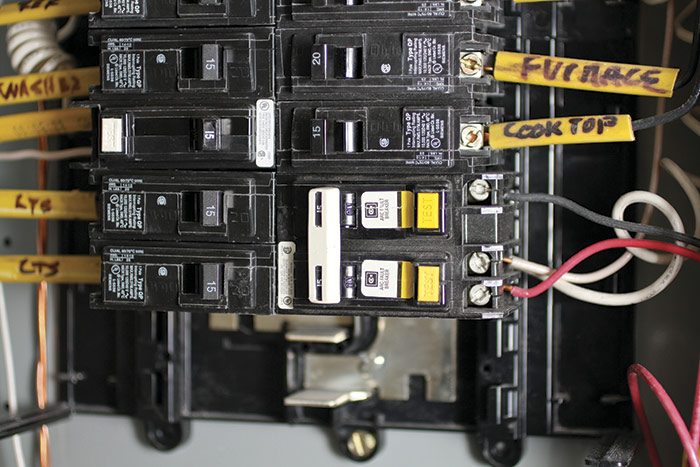 |
Excerpted from Wiring Complete, 3rd Edition (The Taunton Press, 2017) by Michael Litchfield and Michael McAlister
Available in the Taunton Store and at Amazon.com.

